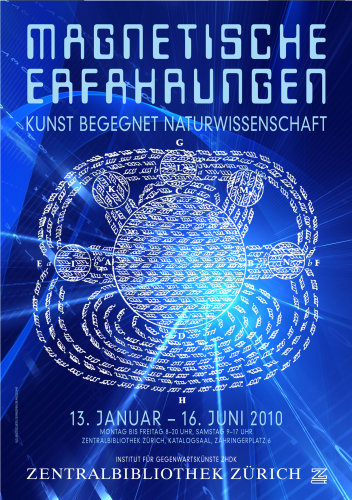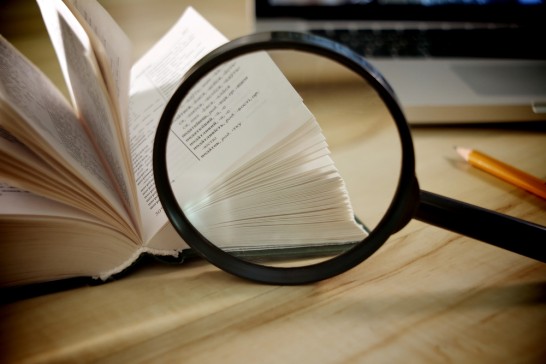Discovering magnetism
According to Pliny the Elder, the physical force we call magnetism takes its name from Magnes, a shepherd who discovered its effects when, shod in iron-nailed footwear and carrying an iron-tipped crook, he suddenly found himself unable to move. The history of our fascination for magnetism starts with the observation that a particular type of stone possesses special properties that can be transferred to iron and steel needles and gradually progresses towards our modern understanding of the force behind it. Natural scientists, artists and poets alike take a special interest in the concepts of attraction and repulsion. The exhibition documents stages in the study of magnetism, telling the tale of Magnes through poetry and showing in words and pictures how our knowledge of this force has taken shape. Four contemporary artists from Zurich have produced works especially for the exhibition that are inspired by the historical pictures on display.
13. January 2010 - 16. June 2010
Location
Katalogsaal
Zähringerplatz 6
8001 Zürich

Art meets natural science
According to Pliny the Elder, the physical force we call magnetism takes its name from Magnes, a shepherd who discovered its effects when, shod in iron-nailed footwear and carrying an iron-tipped crook, he suddenly found himself unable to move. The history of our fascination for magnetism starts with the observation that a particular type of stone possesses special properties that can be transferred to iron and steel needles and gradually progresses towards our modern understanding of the force behind it. Natural scientists, artists and poets alike take a special interest in the concepts of attraction and repulsion. The exhibition documents stages in the study of magnetism, telling the tale of Magnes through poetry and showing in words and pictures how our knowledge of this force has taken shape. Four contemporary artists from Zurich have produced works especially for the exhibition that are inspired by the historical pictures on display.
The exhibition begins with Renaissance prints of ancient texts comparing the magnet stone to a muse who inspires poets. Since the study of magnetism began in the early modern age, scientists have developed a plethora of instruments to measure it, along with multiple illustrative resources. Printed works by William Gilbert and Athanasius Kircher show how the refinement of compass needles led to many theories of magnetism and illustrations of these. René Descartes proposed a “vortex” theory, stating that particles in the cosmos flow through planets such as the Earth, which remained popular right into the 18th century. Emanuel Swedenborg conducted experiments to test this theory, showing just how blurred the line between research into invisible natural forces and Occultism can be. It was just a small step from here to mesmerism, which believed in artificial magnets, magnetic baths and the healing power of “cosmic fluid”. In addition to the fields of medicine and science, writers also took an interest in the topic. Jonathan Swift came up with the idea of a magnetic island, and Jean Paul imagined planets inside the Earth.
The exhibition also documents the visual history of magnetism, starting with a letter written by Petrus Peregrinus and leading through diagrams and early depictions of fantastic machines to contemporary art. Viewers can follow in the display cases and online how Judith Albert, Ian Anüll, Barbara Ellmerer and Yves Netzhammer, taking inspiration from individual documents, address the subject of magnetic forces. This project is supported by the Institute for Contemporary Art Research at Zurich University of the Arts (ZHdK).
Exhibition concept: Institute for Contemporary Art Research, Zurich University of the Arts


